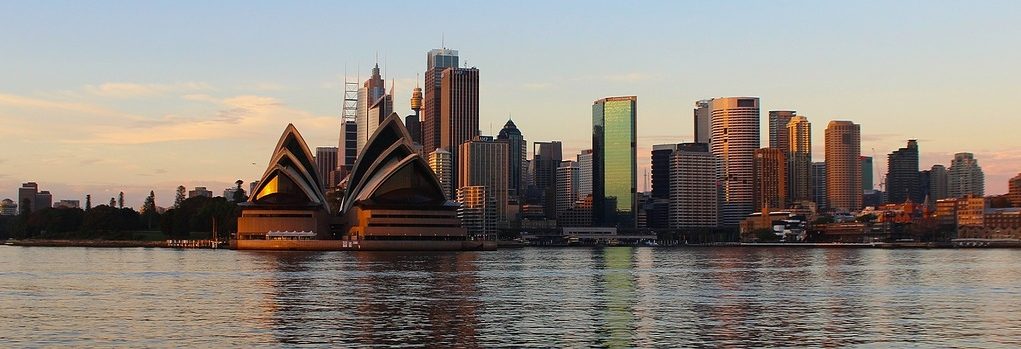The Australian federal government is planning to spend $20 million on an initiative to cut smoking rates to under 10% by 2025. Health Minister Greg Hunt announced the motion at last week’s National Press Club address.
Australia’s smoking rate has been steady at 14% since 2013. Australian Drug Law Reform Foundation president Alex Wodak, said that this standstill needs to be addressed
Conjoint associate professor Colin Mendelsohn, from UNSW’s School of Public Health and Community Medicine, responded to this announcement saying that the target was first set after COAG signed off on it in 2008, and was already unsuccessful. “Of course we came nowhere near that target,” said Associate Professor Mendelsohn.
“I was very surprised the Health Minister re-announced the same target for a date six years in the future, with no mention of the fact that we’d actually failed to come close to achieving it over the last six years. Nothing was actually offered and I can’t see any reason why things will change. The flatline of smoking will probably continue unless we actually introduce more new and effective measures,” he added.
Australia’s smoking rate has been steady at 14% since 2013. Australian Drug Law Reform Foundation president Alex Wodak, said that this standstill needs to be addressed. “It is frustrating,” he said. “Now the same target is being recycled without any change in strategies or policy.”
Endorsing e-cigs for smoking cessation would help reach the goal
Both Wodak and Mendelsohn are on the board of the Australian Tobacco Harm Reduction Association (ATHRA), which advocates for the use of e-cigarettes as alternatives to traditional tobacco products. Dr. Wodak pointed out that encouraging the use of e-cigarettes for smoking cessation would certainly help reach the intended smoke-free goal.
“Even if we encourage people to want to quit, we still have to help them to quit, because for many people quitting on their own is very hard,” agreed Professor Mendelsohn. “Vaping is now the most popular and effective quitting method in the world, yet in Australia it’s banned.”
Read Further: ABC News








